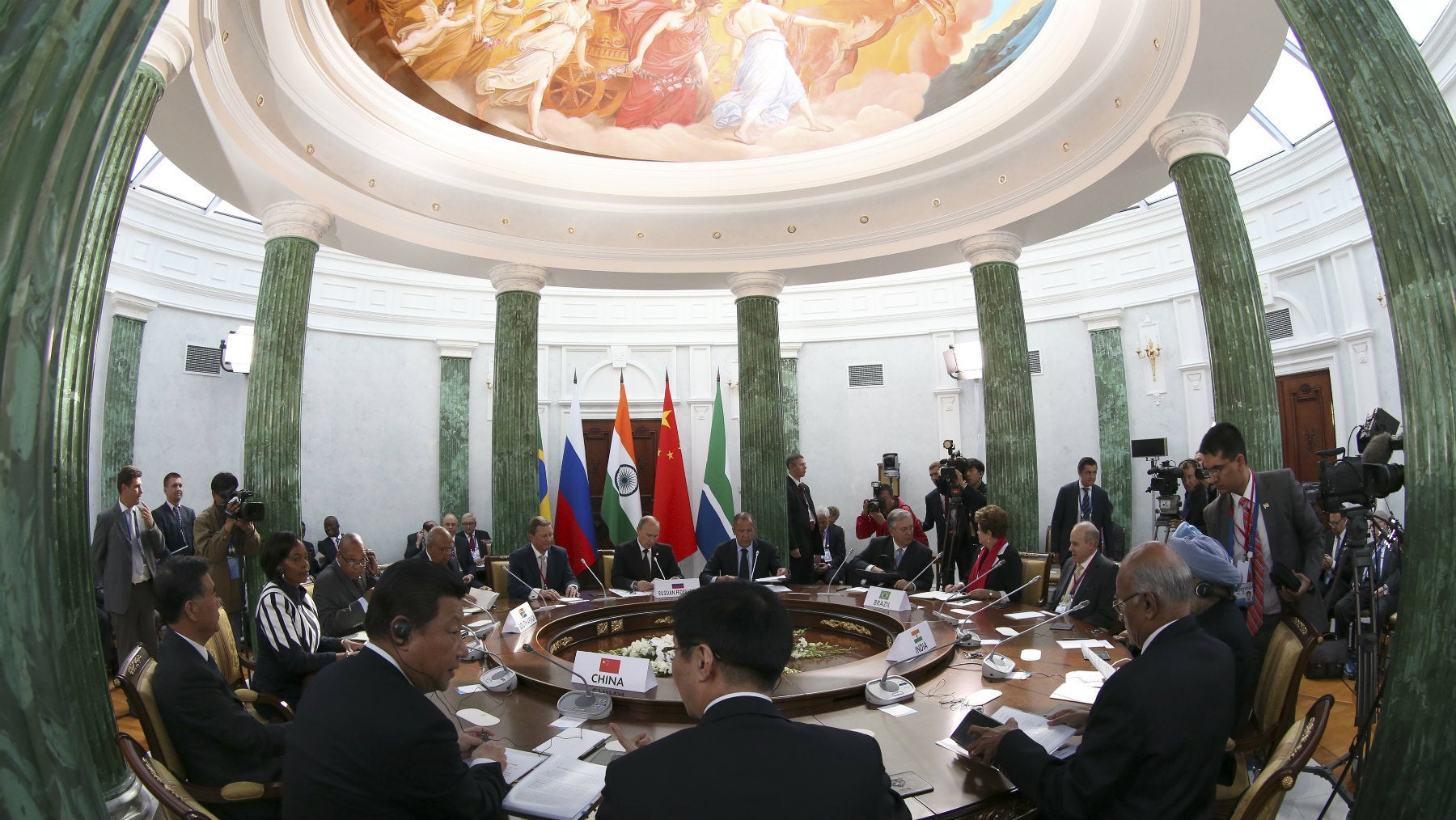Russia’s economy may have seen its worst, but it and other emerging markets are still in a lot of trouble
The Central Bank of Russia has just announced plans to cut its key interest rate again. The cut, from 12.5% to 11.5%, comes after new figures showed that inflation is slowing (though still very high) and the ruble is stabilizing. Coming just six months after the central bank hiked the rate to 17% in a desperate attempt to keep the ruble from collapsing, it’s clearly a good sign for the economy.


The Central Bank of Russia has just announced plans to cut its key interest rate again. The cut, from 12.5% to 11.5%, comes after new figures showed that inflation is slowing (though still very high) and the ruble is stabilizing. Coming just six months after the central bank hiked the rate to 17% in a desperate attempt to keep the ruble from collapsing, it’s clearly a good sign for the economy.
That said, Russia is one of a swath of emerging-market economies that appear headed for trouble. Just last week, the World Bank joined the International Monetary Fund in asking the US Federal Reserve not to raise interest rates until 2016. Their fear is that this could set off a round of capital flight similar to the one two years ago—the so-called “taper tantrum“—when markets first got nervous about the Fed timetable for starting to wind down its monetary stimulus program.
But there’s some evidence that a tantrum is already happening. Investors have been yanking their money from emerging-market stocks. The World Bank last week downgraded its global growth forecast (paywall) due to emerging-market contractions. It still expects Russia (paywall) to slip into recession, though not as sharply previously predicted. Brazil, another heavyweight, is struggling. China, whose slowdown is one of the biggest focal points in the world economy, last week posted its largest-ever outflow of equity investments. So while some of Russia’s gloom has dissipated, there’s still plenty to go around.